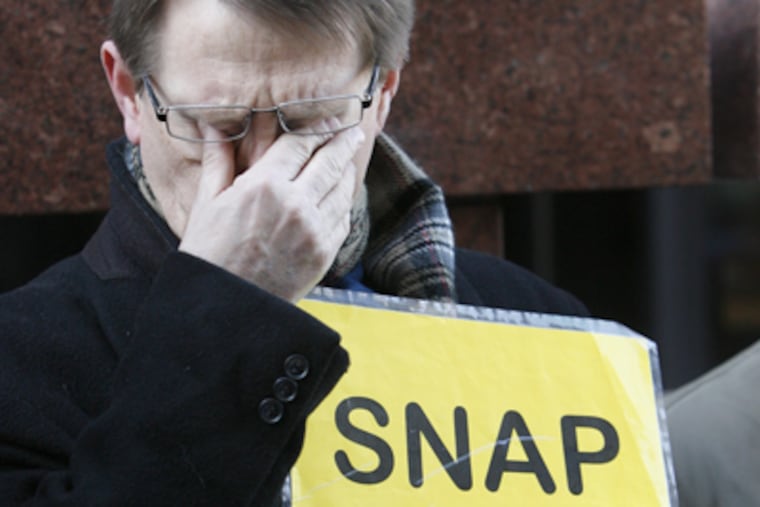Study: 'No single cause' of sexual assaults by priests
A long-awaited study of the "causes and context" of clergy sexual abuse in the Roman Catholic Church, prepared for the United State's Conference of Catholic Bishops, asserts that the abuse crisis is mostly over, and was part of a broad trend towards individualism and diminished social norms in the 1970s and 80s.

WASHINGTON, D.C. - A long-awaited study of the "causes and context" of clergy sexual abuse in the Roman Catholic Church, prepared for the United State's Conference of Catholic Bishops, asserts that the abuse crisis is mostly over, and was part of a broad trend towards individualism and diminished social norms in the 1970s and 80s.
The 142-page report, prepared by the John Jay College of Criminal Justice in New York, was commissioned in 2004 and released yesterday at the bishops' conference's headquarters. Its authors were asked by the bishops' conference to study sexual abuse of minors by priests between 1950 and 2010. "There was no single cause," they found.
They found that the incidence of abuse was highest in the 1970s, following a steady rise in the 1960s and a decline by the mid-1980s. About five percent of priests serving during that period have been credibly accused of child molestation.
The authors further assert that there was - and is - no easy way to identify candidates for priesthood who might molest children, and that neither the Catholic Church's policy of celibate priesthood nor the presence of homosexuals played a significant role in the abuse of minors by priests.
"Priests who sexually abused minors did not differ significantly from other priests passed on psychological or intelligence tests," it says, but notes they typically had "vulnerabilities, intimacy deficits, and an absence of close personal relationships before and during seminary." Many abusers grew up in families where sexuality was never discussed, the study found, and
The report offers a sympathetic view of bishops who reassigned abuser priests to parishes after they were treated with counseling, and puts little blame on the hierarchy for the problem of repeat offenders. Throughout the 1970s and early 80s, it says, psychologists and other therapists took an "optimistic" view of therapy's ability to mend an abuser's ways, but began having increasing doubts about therapy's effectiveness around 1985.
Nonetheless, the authors say, most bishops failed to follow a five-point set of guidelines that the bishops' conference agreed upon in 1992. Those guidelines called for bishops and their dioceses to respond promptly, remove the offender, comply with local laws and cooperate with law enforcement, reach out to the victim and reach out to the affected community, such as a parish.
"Much of this was not done," the authors found.
Part of the reason for the lack of response may have been the sudden increase in abuse reports that began pouring in the 1990s. Between 1950 and 1985 there had only been 840 abuse reports made to dioceses, according to the report, and most of those were by the parents of children. Between 1990 and 1998 there were 3,700, and many of the complainants were adult victims angry and threatening to sue.